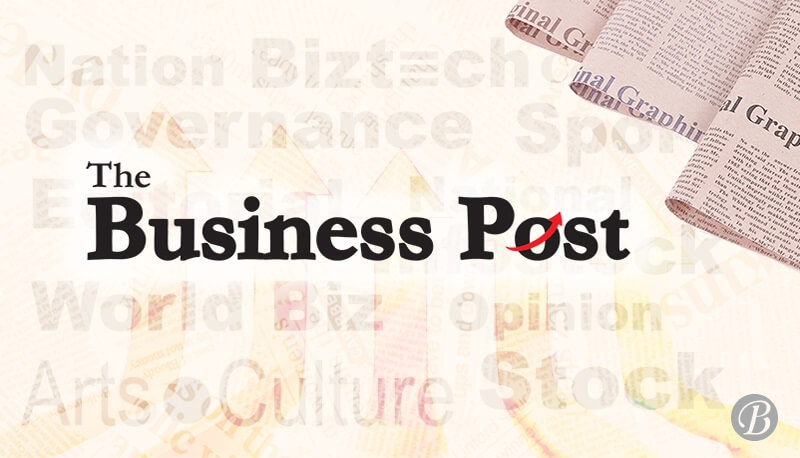Home ›› 05 Mar 2023 ›› Editorial

Hyperinflation is a term to describe rapid, excessive, and out-of-control general price increases in an economy. While inflation measures the pace of rising prices for goods and services, hyperinflation is rapidly rising inflation, typically measuring more than 50% per month.
Although hyperinflation is a rare event for developed economies, it has occurred many times throughout history in countries such as China, Germany, Russia, Hungary, and Georgia.
Hyperinflation refers to rapid and unrestrained price increases in an economy, typically at rates exceeding 50% each month over time. Hyperinflation can occur in circumstances affecting the underlying production economy, in conjunction with a central bank printing excessive money.
Hyperinflation can cause a surge in prices for essential goods—such as food and fuel—as demand outpaces supply. While hyperinflation scenarios are typically rare, they can spiral out of control once they begin. Inflation is measured by the Bureau of Labor Statistics using the Consumer Price Index (CPI) to measure the dollar's purchasing power. The CPI is an index of the prices for about 94,000 commodities and services; around 8,000 rental housing unit quotes; and prices for airline fares, apparel, household goods, prescription drugs, used automobiles, and postage.
Generally speaking, the Federal Reserve strives to maintain what it calls a healthy inflation rate of around 2% over the long term. A rate of inflation higher than 2% is considered high. Hyperinflation is an extreme case of inflation, not just a high inflation rate. Hyperinflation occurs when prices have risen by more than 50% per month. Daily increases might approach 200% or more when hyperinflation occurs.
For comparative purposes, the U.S. inflation rate measured by the CPI has averaged about 2% per year since 2012, according to the Bureau of Labor Statistics.
For instance, imagine you always buy the same items at the grocery store. If the economy were experiencing a rising inflation rate of 5% per day, your grocery bill might rise from $500 per week to $675 the next week, to $911 per week the following week, and so on. Although several circumstances can trigger hyperinflation, here are the most common causes of hyperinflation.
Central banks generally control the circulating supply of money. In circumstances that historically warrant an increase in the money supply—like a recession or depression—central banks can increase the amount of money circulating. The intent behind this action is to encourage banks to lend and consumers and businesses to borrow and spend.
Investopedia